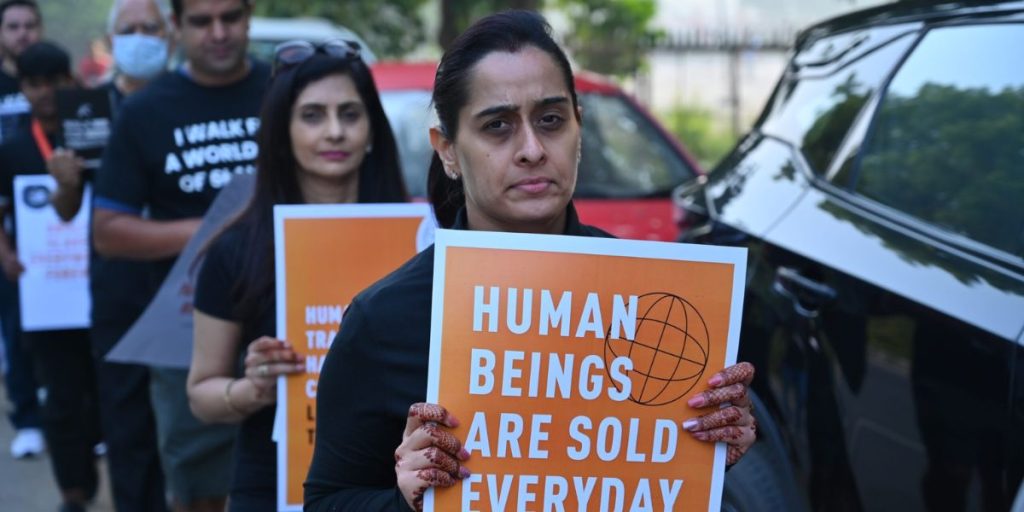Human trafficking, a modern type of slavery, exploits people for sexual or labor purposes, posing a global problem that affects millions each year.
This problem affects local communities across the United States, including Maryland, which is one of the states with the highest rates of human trafficking, according to the National Human Trafficking Hotline.
In 2021, Maryland sent 751 signals to the hotline, revealing 118 incidents and identifying 173 victims of human trafficking. The gravity of this issue necessitates an investigation into which specific city in Maryland has the greatest human trafficking rate, as well as an examination of the contributing reasons to this concerning situation.
The City with the Highest Human Trafficking Rate in Maryland
According to the World Population Review, Baltimore, Maryland has the highest human trafficking rate in the state, at 1.92 incidents per 100,000 inhabitants.
Baltimore, Maryland’s largest and most populated city, is a major transportation hub, with connections via highways, railways, airports, and seaports.
These characteristics contribute to Baltimore’s popularity among traffickers, who use the city as a source, transit point, or destination for their victims. In addition, the city faces high poverty rates, a substantial homeless population, and a history of drug misuse and violence, all of which create vulnerabilities and chances for exploitation.
Government Initiatives to End Human Trafficking

Several government efforts in Baltimore and throughout Maryland are aggressively addressing the problem of human trafficking. Notable projects include:
- The Baltimore City Human Trafficking Collaborative (BCHTC) is a collaborative effort including more than 50 agencies from law enforcement, healthcare, social services, and advocacy organizations. They work together to discover, aid, and protect victims of human trafficking, as well as prosecute those who perpetrate it.
- Blue Dot Human Trafficking Initiative: The Blue Dot program allows first responders and social service providers to indicate a “blue dot” if they suspect someone is a victim of human trafficking. This necessitates the engagement of a qualified nurse in forensic examinations and trauma care.
- Governor’s Office of Crime Prevention, Youth, and Victim Services: This office oversees statewide policies and processes aimed at combating human trafficking. Their responsibilities include planning and offering training to state and local personnel, executing data-gathering procedures, and encouraging collaboration with other resources and organizations involved in anti-trafficking operations.
- The Maryland Human Trafficking Task Force (MHTTF) The MHTTF, as the state’s major institution, focuses on preventing trafficking, supporting victims, prosecuting traffickers, and collaborating with a variety of groups to eradicate human trafficking in communities.
These measures demonstrate the government’s determination to combat human trafficking in Maryland. Despite these efforts, it is acknowledged that considerable work remains, and public participation is critical. Individuals can help by raising awareness, reporting suspicious activity, and providing support to survivors.
Conclusion
Human trafficking remains a pervasive issue in Maryland, notably in Baltimore, where various vulnerabilities contribute to its high rate. Government initiatives, such as the Baltimore City Human Trafficking Collaborative and the Blue Dot program, underscore the commitment to combatting this modern form of slavery. Despite progress, public awareness and involvement remain crucial in the ongoing fight against human trafficking.
SOURCE: cbsnews.com, mhaonline.org, mdhumantrafficking.org